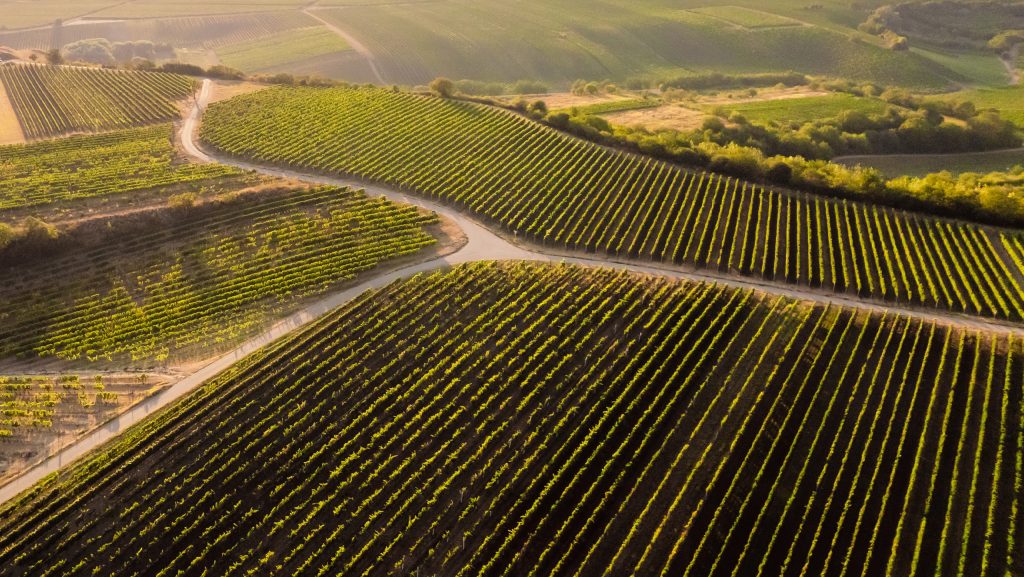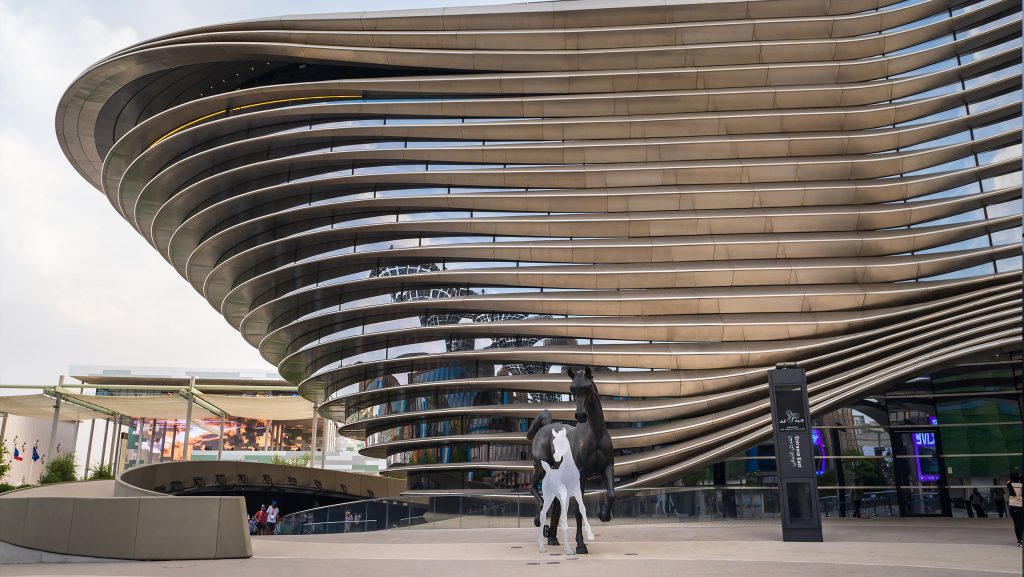Distilleries & Wineries
Comprehensive
perform
From artisanal distilleries to sprawling vineyards, the pursuit of perfection in every bottle is an art and a science. For those pushing the boundaries of fermentation, aging, and packaging, the R&D Tax Credit is a powerful tool to boost your bottom line. This often-overlooked incentive rewards businesses for the innovative steps they take to craft exceptional spirits and wines, allowing them to reinvest in quality, sustainability, and growth.
Distilleries and wineries are not just about tradition – they are about constant improvement and innovation. Whether it’s creating a new yeast strain, enhancing filtration techniques, or perfecting a unique barrel aging process, these advancements can qualify for significant tax credits. With the right guidance, these savings can fuel your next breakthrough.
Refine, Distill, Profit.
For distilleries and wineries, innovation isn’t just about creating unique flavors – it’s about perfecting every stage of the process. The R&D Tax Credit offers a tangible way to offset the costs of experimentation and development, from refining fermentation methods to pioneering sustainable packaging solutions.
Every batch tells a story of experimentation and refinement. Whether you’re crafting the perfect blend or scaling your production with cutting-edge technology, the R&D Tax Credit can reward you for the risks you take and the innovations you bring to market. Don’t leave potential savings in the barrel – unlock them today.
01. Case Study
A boutique distillery in the Pacific Northwest sought to create a new line of premium, small-batch whiskeys, experimenting with proprietary yeast strains to enhance complexity and depth of flavor, a critical differentiator in a crowded market. Their R&D efforts included testing various fermentation temperatures, nutrient blends, and oxygen levels to achieve their signature profiles. By documenting these processes, the distillery successfully claimed $1,651,000 in federal and state tax credits, which they reinvested into expanding barrel aging capacity and refining distillation techniques, fueling both product quality and business growth.
02. Case Study
A family-owned winery in Napa Valley sought to improve the clarity and stability of their wines without sacrificing flavor. They invested in research to develop a new filtration process that maintained the integrity of delicate wine profiles while significantly reducing production waste. This involved extensive testing of different membrane materials and pore sizes, as well as automation of the filtration line for consistency.
Their efforts resulted in a significant improvement in product quality and operational efficiency. By capturing these innovations within the scope of the R&D Tax Credit, the winery received $2,872,500 in federal and state tax credits, which they used to modernize their bottling line and expand their vineyard holdings.
03. Case Study
A major distillery on the East Coast wanted to reduce the time required for aging its premium bourbon without compromising flavor. They developed a series of experimental aging techniques, including the use of smaller barrels, rapid wood infusion, and temperature control systems to accelerate the maturation process. This approach required extensive testing and data collection to perfect the process.
By documenting their research efforts, the distillery secured $2,986,600 in R&D tax credits. These savings were funneled back into research and development, supporting their continued push for innovation in a highly competitive market.


